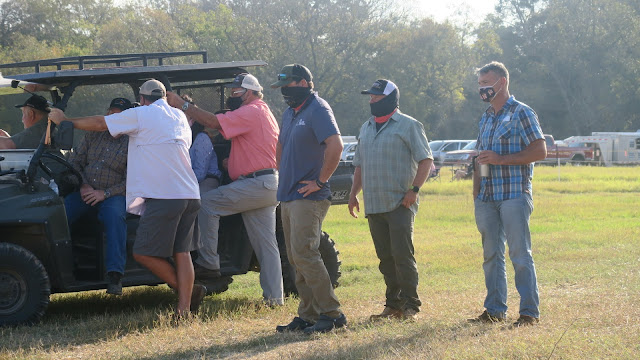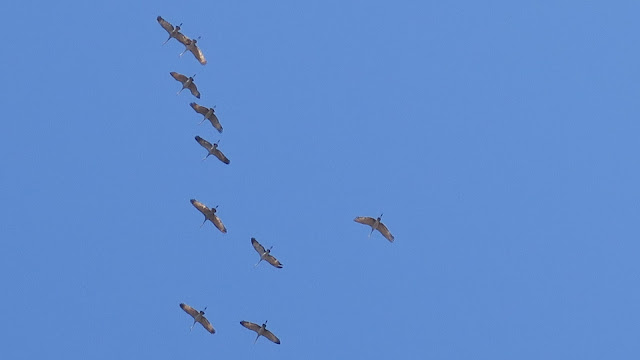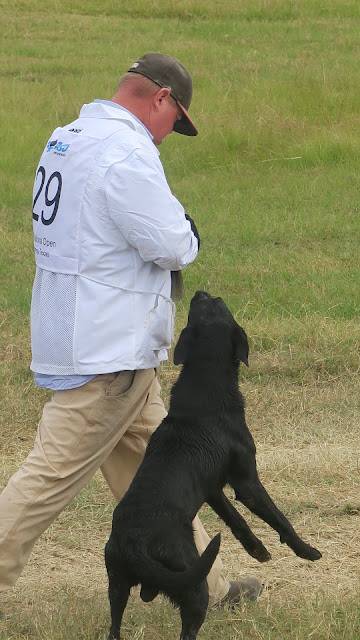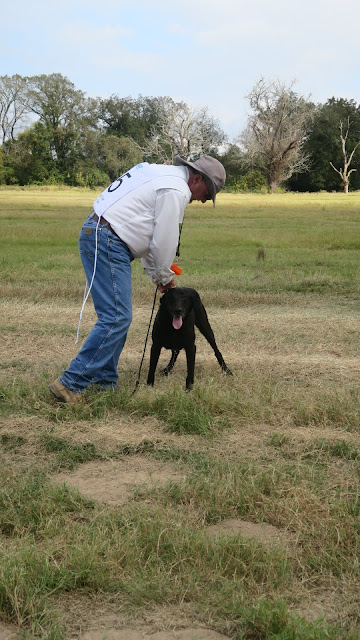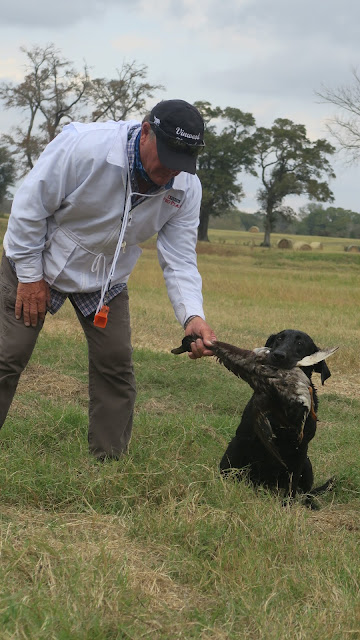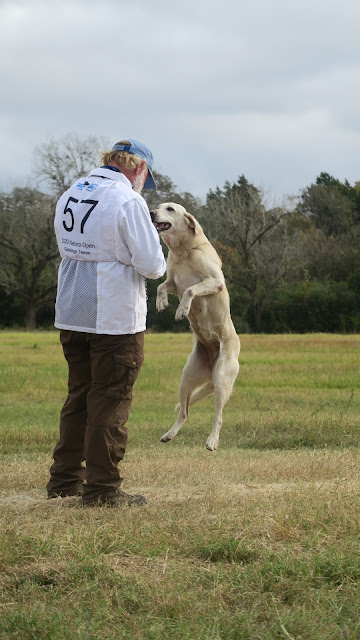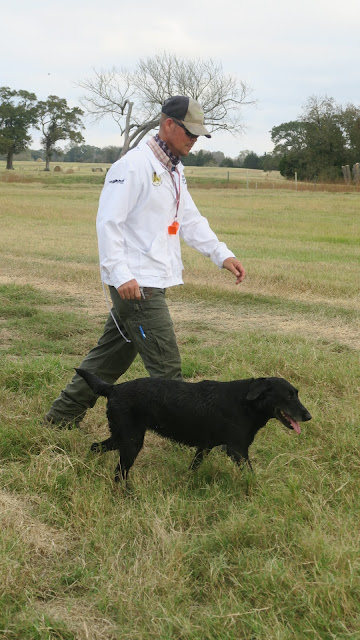Everything you need to know about Texas' wild pig problem
This invasive species goes by many names: wild pigs, feral hogs, razorbacks, and boars. Regardless of what you call them, wild pigs have become a huge issue across the United States, especially in Texas. They destroy land and crops and threaten the wildlife as they reproduce at alarming rates. But where did they come from? How big is the problem, really? More importantly, what's being done to solve it? Read on to learn everything you need to know about Texas' wild pig problem.
Texas' wild hog problem
What is a "feral" hog exactly?
In order to understand the scope of Texas' wild hog problem, we need to understand a little bit about these animals. Sus Scrofa is the scientific name for the group of animals we know as pigs and they are native to Europe and Asia. Because Texas is not their native home, they are known as an invasive species (like fire ants or killer bees).
Technically, a "feral" pig or hog refers to a domestic animal that has returned to wild after escaping or being set free and "wild" refers to an animal that has never been in captivity. However, because of the complicated history of hogs in North America, the terms can be used interchangeably. The transition from a cute pink piglet to a long-tusked, bristle-haired feral hog can take place in a matter of several months as they adapt to the new environment.
Why are there so many wild hogs?
It is estimated that there are more than 5 million wild hogs in the United States. Texas is home to more 1.5 million of them and they can be found in 99% of its 254 counties. So why are there so many of them? For starters, because they did not evolve here, they have no real natural predators to speak of. This means that there is no natural mechanism to keep their numbers in check. To make things worse, a single sow can have two litters of 4-8 piglets in 12-15 months, which compounds the population problem. That's a lot of mouths to feed!
What do wild pigs eat?
Fortunately for them, and perhaps unfortunately for everything else, pigs are opportunistic omnivores. This is a fancy way of saying that they'll eat almost anything they can fit in their mouth. Normally they eat roots, tubers, grubs, and insects, but they can also vacuum up small animals and eggs. They've even been known to eat calves, lambs, and kids (the baby goat kind) when the opportunity presents itself.
So where do wild pigs come from?
In 1492, Columbus sailed with a pig or two ...
In the 14th and 15th century, it was common practice for sailors and explorers to leave hogs (and sometimes other livestock) on the shore. They knew that pigs were adaptable enough to reproduce and create a healthy population, which would make a replenishable food supply for future expeditions. It was this method that explorers like Christopher Columbus and Hernando de Soto used that introduced the first pigs to North America.
Texas settlers
As the first settlers began to colonize Texas, many of them brought pigs with them as a food source. It wasn't uncommon in those days to allow such livestock to roam freely, and as you can imagine, not all of the little piggies found their way home.
In the 1930's Eurasian wild boars were bred and released into the Texas wilds for hunting. Unsurprisingly, they began mixing with the growing populations from previous generations. The population as a whole still remained more or less under control until the 1980's.
In the wild, the migration of a species across a large landmass such as Texas is a slow process. However, because of the increasing demand, ranchers continued to breed and sell hogs to hunting leases across the state. Once again, they continued to adapt and spread, growing resistant to common diseases that might have curbed their numbers.
How much damage do feral hogs cause in Texas?
According to a recent Texas A&M study, they cause an estimated $52 million dollars in damage every single year.
Damage to land, crops, and wildlife
Hogs have an incredible sense of smell, which allows them to track down tasty treats below the dirt. Once they follow their nose to the site of something scrumptious, they begin "rooting" which basically means digging a lot of holes all over the place. This process is absolutely devastating for farmers as it ruins crops, makes land difficult or impossible to work, and creates a hazardous environment for farm equipment and horses.
As an invasive species, feral hogs do real harm to the native plants and animals. Not only do they compete with other animals for food, they destroy habitats, cause erosion, and even eat the young of endangered species like sea turtles.
While it might seem like this is strictly an issue for rural communities, parks, and wildlife habitats, the destruction brought on by feral hogs can be found everywhere. Parks and golf courses in suburban developments are prime targets for these pests. They have even been known to tear up lawns and gardens in neighborhoods, causing serious damage after only a single night.
Contaminating water
If you've ever seen a domestic pig pen, you know that they love to roll around in mud. Doing this gives them a nice, cool coating to help regulate their temperature, and it also provides some protection from biting insects. However, when out in the wild, this process usually takes place near streams, creeks, and ponds. They leave behind waste, which is potentially riddled with diseases and parasites that can effectively ruin a water source.
Spreading disease
There are dozens of parasites and pathogens that pigs can potentially carry and spread, such as swine brucellosis, foot and mouth disease, bubonic plague, and various intestinal worms. Not only does that put water supplies at risk, it can potentially spread disease to livestock, wildlife, and even people.
Are feral hogs dangerous to humans?
Recently, a woman in Texas was tragically killed by hogs outside of her home. Despite this fact, wild hog-related deaths are exceedingly rare. In fact, there have only been around 100 reports of hog attacks in the US since 1825, and only four of those were fatal.
Still, feral hogs are powerful animals that can be aggressive when defending their piglets or if they feel trapped. They are capable of quick, powerful charges and their tusks are capable of serious damage to people and pets.
If encountered in the wild, it is essential to keep your distance. It is very rare for an attack to occur without provocation. If you feel that you are in danger, try to find something to climb up on, like the roof of a car, a tree, or a large rock. If you can't climb or escape, do whatever you can to deter them.
How do you identify wild hog damage?
Identifying the signs of feral hog damage is relatively easy if you know what to look for. When a sounder (that's what you call a group of them) is in the area, there are not-so-subtle indicators caused directly by their behavior. Figuring out where these animals are is the first step to crafting a solution.
Wallowing - A "wallow" is a muddy area, usually near a creek or water source, that hogs dig up and then roll around in. This behavior is called "wallowing" and it helps them regulate their temperature during the warmer parts of the year. Despite the old adage, "sweating like a pig," pigs don't have sweat glands! The evidence left behind of a group of pigs wallowing is usually easy to spot. Look for hoofprints, churned or disturbed mud, and possibly hair along the banks of streams or ponds.
Rubbing - Have you ever had an itch in a hard to reach place? Well, imagine not having any hands! Hogs will often rub along trees, fallen logs, rocks, and even telephone poles to help scratch that itch, remove excess mud from a wallow, and to get rid of ticks and other unwanted hitchhikers. Because they often perform rubs after wallowing, they can leave behind muddy streaks and hair on their chosen scratching post.
Rooting - As mentioned earlier, rooting is the destructive process pigs use to forage for food below the surface. This is by far the most obvious sign that you have a pig problem and the reason you might choose to do something about it. It looks like someone took a shovel and began haphazardly digging and churning the top layer of soil. While the work of a single hog is bad enough, a large sounder can leave yards and fields completely ruined.
It is also possible to identify a population of pigs by identifying their hoofprints. This can be difficult, however, because of the similarity their tracks have to that of a deer. In general, a hog has a wider, rounder print and a deer is more narrow and pointed. Tracks can help you estimate the number of hogs in a given area and give you insight into their movement and activity.
Scat identification is another more difficult method of identification. Because of a pig's wide range of food sources, the consistency and shape can vary quite a bit. However, learning about a hog's diet may give you insight into where they have been feeding and how you might be able to trap them.
How can we get rid of the feral hogs in Texas?
The truth is that there is no simple or easy solution to Texas' feral hog problem. Hogs are quick, intelligent, and adaptable. This makes it very difficult to employ any single statewide plan to eradicate the problem. Instead, many people in Texas have dedicated themselves to controlling the population locally. But even then, removing wild hogs from a ranch or farm is likely only a temporary thing.
Is it legal to hunt feral hogs in Texas?
Not only is it legal to hunt feral hogs in Texas, it is necessary to fight the growing population. If you have a problem with pigs on your property, there are a number of legal options at your disposal.
Hog hunting
The loose laws regarding hog hunting in Texas are absolutely essential to managing the growing feral population because experts agree that no single method is enough to curb it. It is estimated that hunters are able to kill 30% of the Texas population each year, but it isn't enough. Because of the insane rate at which they are able to reproduce, experts say that number would need to reach 70% just to maintain current numbers.
Hunting hogs from a helicopter
Hunting feral hogs from a helicopter has proven to be a very effective, if not expensive, tool for managing local populations. They can be very difficult to hunt from the ground because they spook easily, run fast, and can hide in brush that is difficult to traverse. The speed and vantage point a helicopter offers gives the hunters a chance to eliminate a much greater number than would otherwise be possible. As long as you have a crack shot, that is! Unlike regular hunting, however, you do need a license to hunt them from a helicopter.
Trapping
With new advancements in trapping technology, this method has become a valuable tool in the arsenal. Electronic doors and triggers and wireless monitoring systems have given trappers the ability to adapt as pigs quickly learn to avoid certain traps.
While traditional hunting might allow you to take out a few hogs in a single outing, they will generally scatter and hide, making it difficult to remove them all. A large corral trap gives you the ability to catch an entire group all at once.
It is important, however, to be mindful of other animals that might fall for the trap, too. Using bait that is specifically attractive to pigs is one such method, but it is not foolproof. For this reason, game wardens recommend acquiring a hunting license just in case something like a deer wanders into your trap.
It's worth noting that in order to sell wild boar meat commercially, they must be taken to a state-approved buying station. These stations then send them to a processing plant under the supervision of the U.S. Department of Agriculture.
Chemical control
Chemical methods of population control, like poisons, are a highly controversial idea and there are none that are currently legal. While some options might work exceptionally well, it is difficult to ensure that wild hogs are the only animals consuming the toxicants. There's also the issue of potentially contaminating water sources and spreading the chemicals to scavengers after the pig dies.
Another potential option that experts are working on is some kind of mass chemical contraceptive. However, this raises many of the same questions as other chemical options: How do you deliver it in a manner that exclusively target hogs?
Can you eat wild pigs?
You certainly can! If there is a silver lining to Texas' feral hog infestation, it's that there is no shortage of quality pork roaming around. Wild hog meat is much leaner than farm-raised pork, but it is incredibly nutritious. The taste can vary quite a bit depending on a variety of factors, such as diet, age, sex, size, and whether or not they have suckled piglets. Many hunters say that the ideal meat comes from a female pig around 3-6 months old, but hogs can be butchered and utilized for a number of different cuts. If you find that your pig is a little tough, then try smoking it with the tried and true Texas BBQ method: low and slow!
Most of the commercially processed meat is sold to foreign markets, such as Europe and Asia. But as the general public begins to learn about the quality of wild boar, there could be a growing market in the US as well, which could provide financial incentive for hog removal and extermination.
What can you do to protect your property from being damaged by feral hogs?
Certain fences are capable of keeping hogs out, but they have no problem slipping under a standard barbed wire fence. If you see rooting or other signs of damage on your neighbor's property, it's probably only a matter of time before they make their way to yours. This is why experts recommend coordinating with your neighbors to put together a plan of action.
By communicating with adjacent property owners, you can get a better understanding of how many hogs are in the area and how they are moving around. Then, you can work with your neighbors to implement a variety of solutions.
Do you split the cost and effort of setting up traps? Do you organize a hunt? Do you invite others to your land to go on a hunt? Do you hire professional help? Do you set up bait? These are the types of options and questions that will be necessary to discuss with your neighbors. While hunting is the cheapest option, using a combination of methods with your neighbors is probably necessary address the issue.












